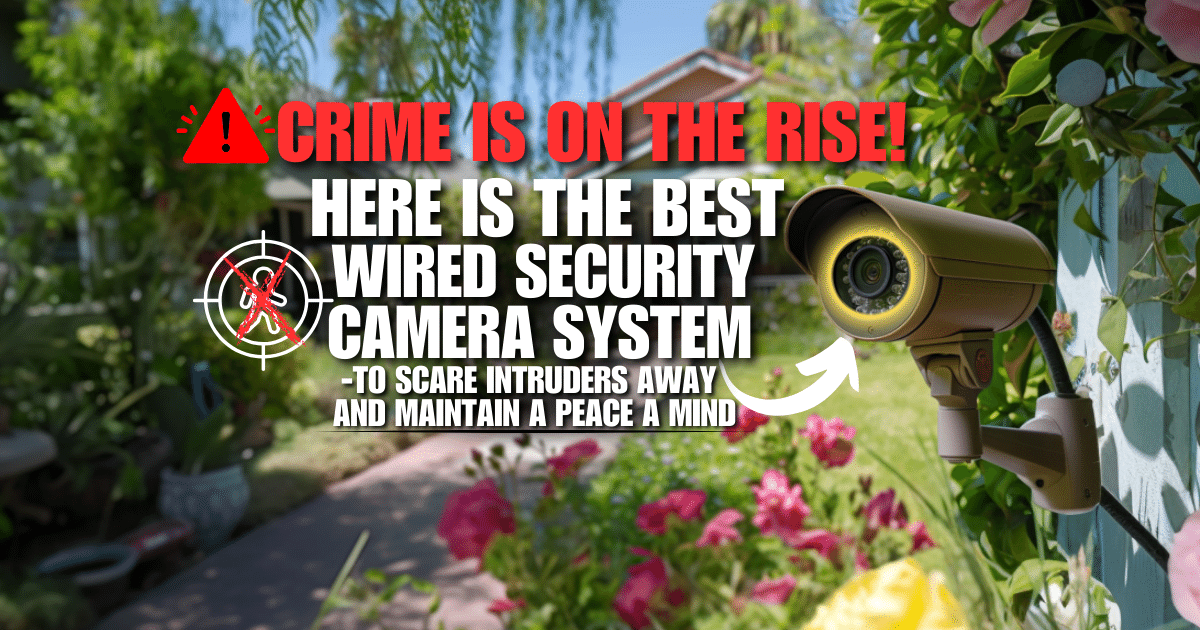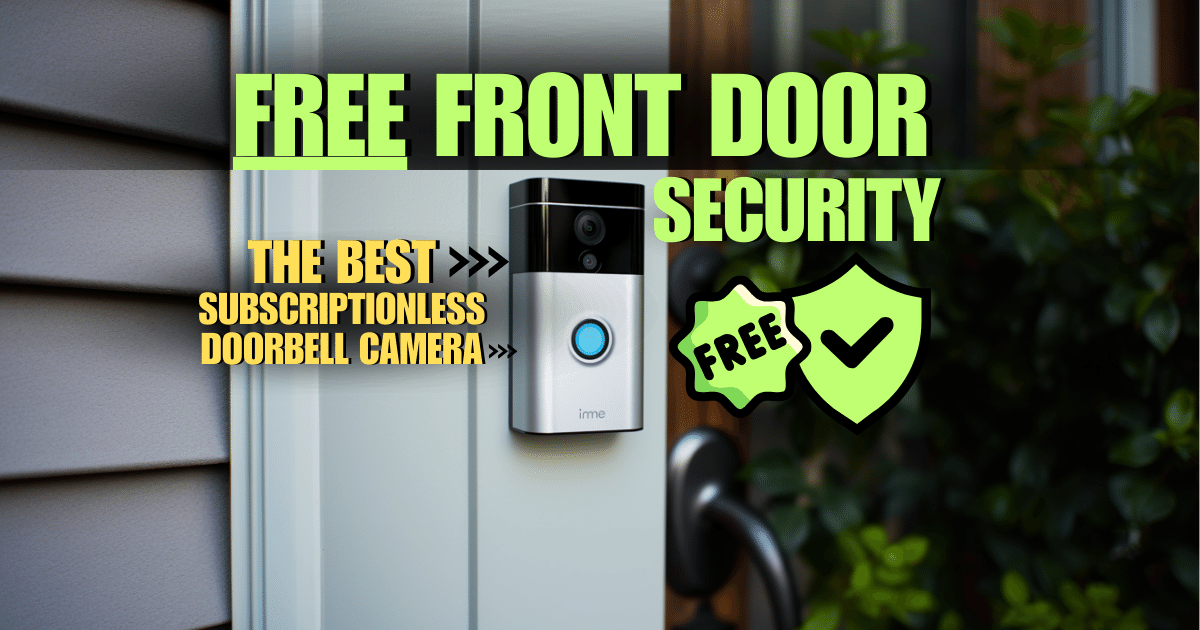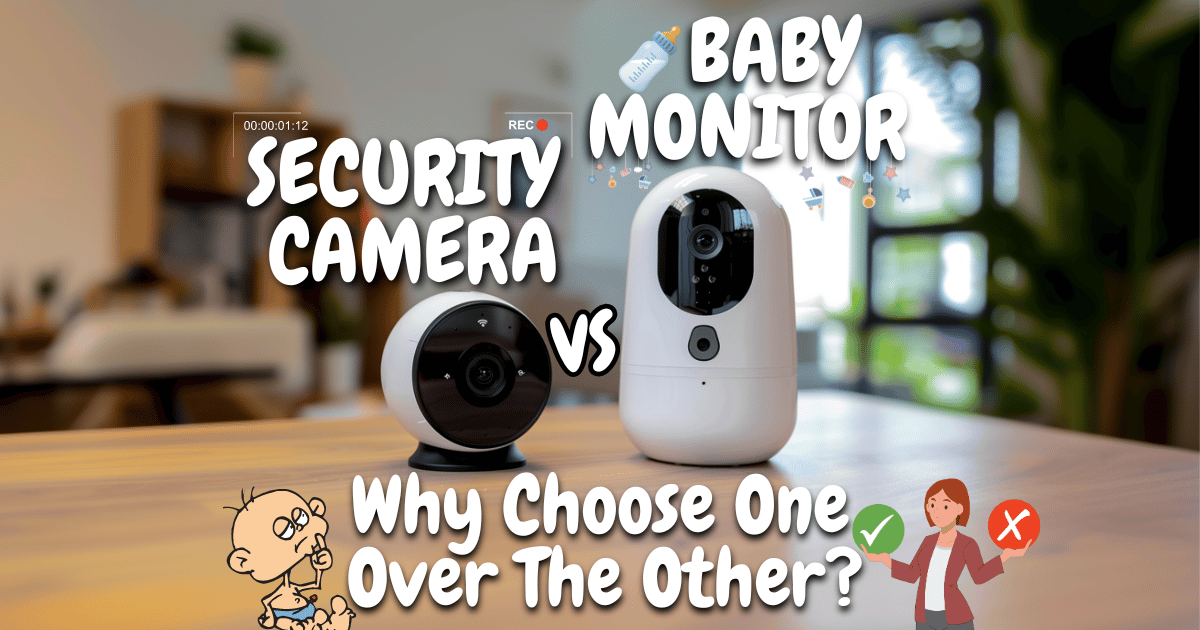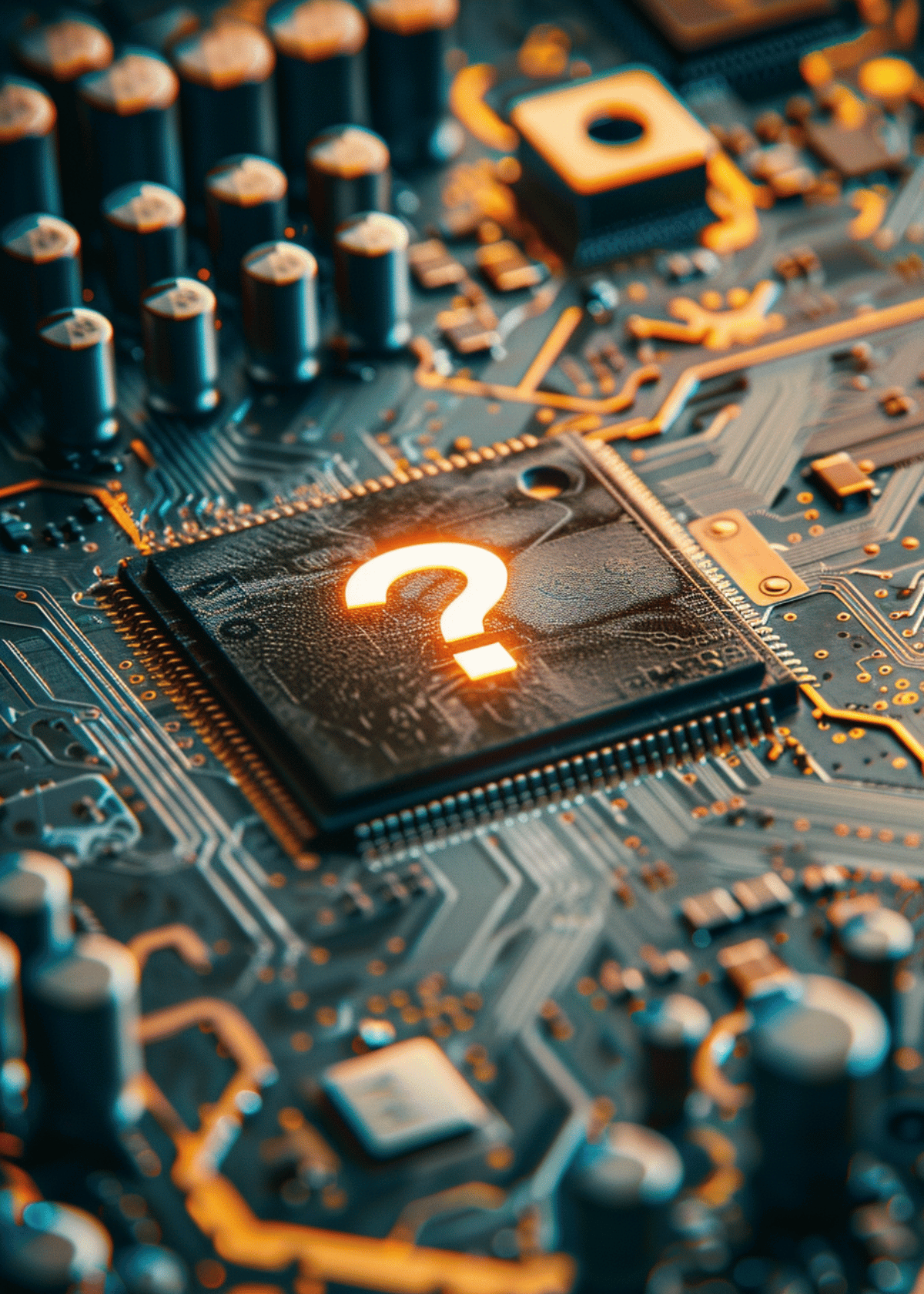How Does a Home Security System Work? Is This The Counter Against The Recent Rise In Crime Rates? 🔐
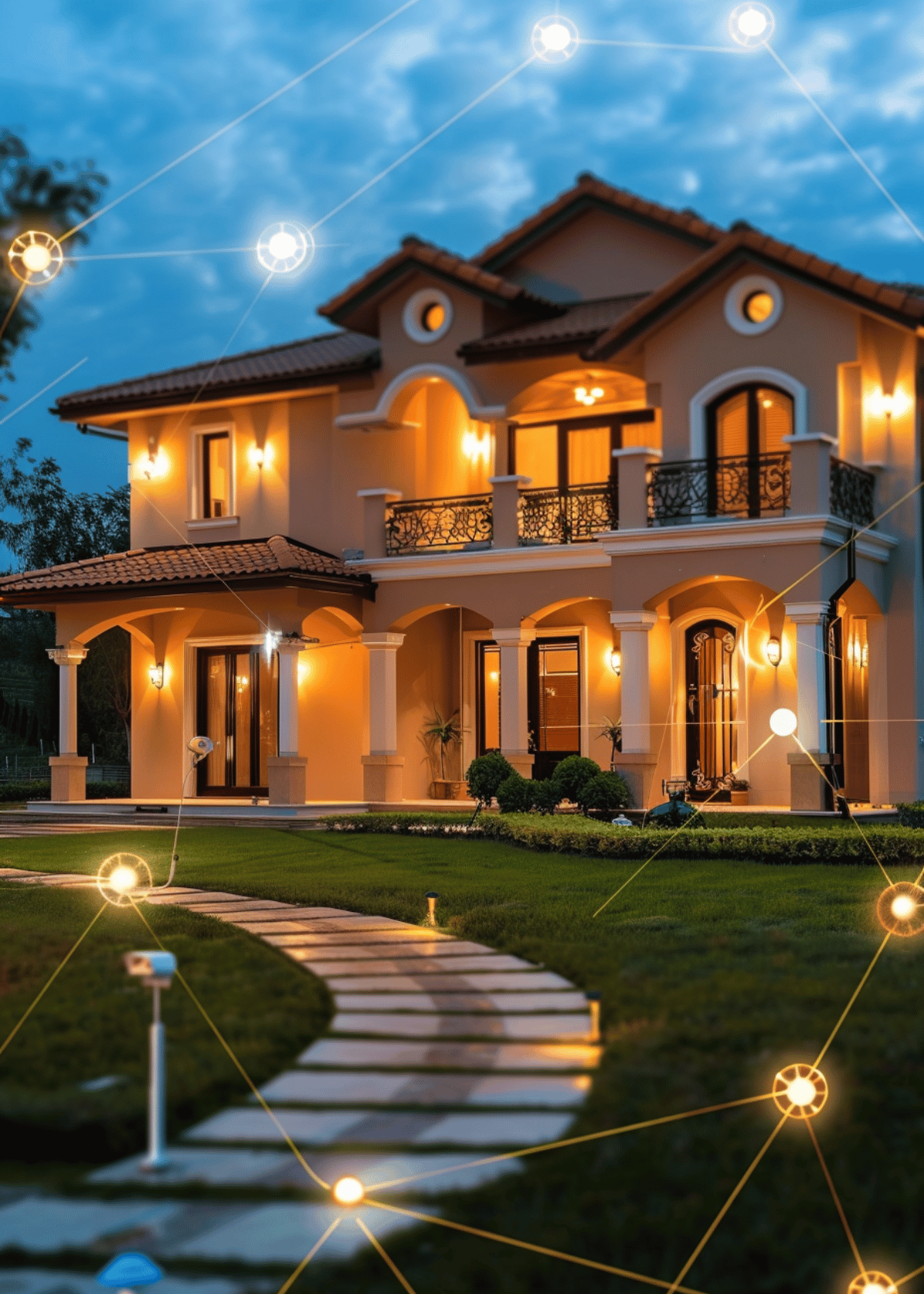
A home security system refers to a set of devices and measures designed to protect residential properties and the people inside them from unauthorized access, theft, vandalism, and other potential threats. It typically includes a combination of hardware components, such as sensors, cameras, alarms, and locks, as well as monitoring services and software that work together to enhance the security of a home.
In today's world, where crime rates and security concerns are on the rise, ensuring the safety and protection of our homes has become more crucial than ever. Home security systems play a pivotal role in safeguarding our properties, loved ones, and personal belongings. In this article, we will explore how home security systems work. So let's begin;
Components of a Home Security System ⬇🧰⬇
⑴ Control Panel:
The control panel serves as the central hub of a home security system. It receives and processes signals from various sensors and devices, allowing for seamless integration and coordination of the entire system. It acts as the brain of the system, making decisions based on the information it receives.
The control panel is responsible for managing and controlling all the components of the home security system. It acts as a central hub, connecting and coordinating the different sensors, cameras, and alarms.
Also, the control panel receives signals from sensors placed throughout the house. These sensors include door and window sensors, motion sensors, and glass break sensors. It processes these signals to determine if there is any unauthorized activity or breach in security.
⑵ Sensors:
Sensors play a crucial role in detecting and alerting homeowners about potential security breaches. They are strategically placed in different areas of the house to monitor specific activities.
➧ Door and Window Sensors 🚪
Door and window sensors are designed to detect unauthorized entry. They consist of two parts: a magnet and a sensor. When a door or window is closed, the magnet and sensor are in close proximity, indicating that the entry point is secure. If the door or window is opened, the magnet and sensor separate, triggering an alarm.
Door and window sensors are highly sensitive and can detect even the slightest movement or opening of a door or window. This helps in preventing break-ins and unauthorized access.
When a door or window sensor detects a breach, it sends a signal to the control panel, which then activates the alarm system, alerting the occupants and potentially scaring off intruders.
➧ Motion Sensors 💨
Motion sensors are designed to detect movement within a designated area. They use infrared technology or other motion-detecting mechanisms to sense changes in heat or movement.
Motion sensors are typically placed in areas where movement is not expected, such as hallways or rooms that are usually unoccupied. They can detect even the slightest motion, triggering an alarm if unauthorized activity is detected.
When a motion sensor detects movement, it sends a signal to the control panel, which then evaluates the situation and takes appropriate action, such as activating the alarm or notifying the homeowner.
➧ Glass Break Sensors 💥
Glass break sensors are designed to detect the sound frequency of breaking glass. They are typically placed near windows or glass doors.
Glass break sensors are equipped with advanced audio detection technology that can recognize the specific sound frequency produced when glass breaks. This helps in distinguishing between normal sounds and glass breakage.
If the glass break sensor detects the sound frequency associated with breaking glass, it sends a signal to the control panel, which then triggers the alarm system, alerting the occupants and potentially deterring intruders.
⑶ Surveillance Cameras:
Surveillance cameras are an essential component of a home security system. They provide visual monitoring and recording of activities in and around the house.
Surveillance cameras are strategically placed to cover vulnerable areas of the property, such as entry points, driveways, and backyards. They continuously monitor and record activities, providing a visual record of events.
In the event of a break-in or suspicious activity, surveillance cameras capture valuable visual evidence that can be used by law enforcement agencies to identify and apprehend intruders. They can also provide homeowners with peace of mind by allowing them to remotely monitor their property.
⑷ Alarm System:
The alarm system is a crucial component of a home security system. It is designed to alert occupants and authorities in case of a security breach.
➧ Audible Alarm 🔔
An audible alarm is a loud siren or sound that is activated when a security breach is detected. It serves as a deterrent to intruders and notifies occupants and neighbors about the potential threat.
The audible alarm is designed to be loud and attention-grabbing. It is intended to startle intruders and alert occupants and neighbors to the presence of a potential threat.
The loud sound of the alarm can deter intruders from continuing their illegal activities. It also notifies people nearby, increasing the chances of someone calling the authorities or taking appropriate action.
➧ Silent Alarm 🔕
A silent alarm is a feature that sends a signal to a monitoring center without sounding an audible alarm. It is used in situations where discreet notification of authorities is required.
When a silent alarm is triggered, it sends a signal directly to a monitoring center, which can then take appropriate action, such as contacting the authorities or dispatching security personnel.
The silent alarm is useful in situations where the homeowner wants to avoid alerting intruders or creating panic among occupants. It provides a discreet way of notifying the authorities while minimizing the risk of escalation.
⑸ Access Control Systems:
Access control systems enhance the security of a home by controlling and monitoring who has access to the property.
➧ Keyless Entry Systems 🔑
Keyless entry systems eliminate the need for physical keys and use alternative methods for access, such as keycards, key fobs, or biometric data.
Keyless entry systems can be programmed to recognize specific keycards, key fobs, or even biometric data, such as fingerprints or retinal scans. This ensures that only authorized individuals can enter the property.
By eliminating the need for physical keys, keyless entry systems reduce the risk of unauthorized duplication or lost keys. They provide an added layer of security and convenience for homeowners.
➧ Remote Access Systems 📲
Remote access systems allow homeowners to control and monitor their security system remotely, using smartphones, tablets, or computers.
With remote access systems, homeowners can arm or disarm their security system, view live camera feeds, and receive real-time notifications about security events, all from a remote location.
Remote access systems offer convenience by allowing homeowners to manage their security systems from anywhere. They also provide peace of mind, as homeowners can check on their property and receive alerts even when they are away from home.
By incorporating these components into a home security system, homeowners can significantly enhance the safety and security of their property, providing peace of mind and protection against potential threats.
The 3 Steps On How a Home Security System Works ⬇⚙⬇
↝ 1. Surveillance and Monitoring 🔍
Many home security systems incorporate surveillance cameras to provide visual monitoring of the premises. These cameras can be strategically placed both indoors and outdoors to capture activities and potential security breaches. They can record continuously or be triggered by motion or specific events, ensuring that important footage is captured.
With advancements in technology, homeowners can access live camera feeds or review recorded footage remotely. This can be done through dedicated mobile apps or web interfaces provided by the home security system. Remote monitoring allows homeowners to keep an eye on their property in real-time, even when they are away from home.
In addition to homeowners' remote access, professional monitoring centers (if subscribed to) can also monitor the security system and respond to any alerts or events. Trained operators at the monitoring center can analyze the situation, verify the threat, and take appropriate action, such as dispatching emergency services or notifying homeowners.
↝ 2. Detection 👁🗨
The core functionality of a home security system lies in its ability to detect potential threats. Sensors strategically placed around the home are responsible for this detection. Door and window sensors use magnetic contacts to determine if a door or window has been opened or closed. Motion sensors use infrared technology to detect movement within their range. Glass break sensors are designed to identify the sound frequency and pattern of breaking glass, triggering an alarm if detected.
When a sensor detects any suspicious activity, it sends signals or notifications to the control panel, which is the central hub of the home security system. The control panel acts as the command center, receiving and processing information from the various sensors and other components.
↝ 3. Alert and Response 🚨
Upon receiving the signals from the sensors, the control panel evaluates the information and determines the appropriate response. If an unauthorized entry or other security breach is detected, the control panel triggers the alarm system to alert the occupants and potentially deter intruders.
The alarm system can produce audible alerts in the form of sirens, bells, or other loud sounds, intended to draw attention to the intrusion and potentially scare off the intruder. Alternatively, silent alarms can be activated, which discreetly notify the occupants and trigger a response without alerting the intruder.
⭐ The monitoring center is notified (if applicable):
In some cases, home security systems are connected to a professional monitoring center. When an alarm is triggered, the control panel automatically sends a signal to the monitoring center. The monitoring center's trained personnel then assess the situation and take appropriate action, such as contacting the homeowners or dispatching emergency services if necessary.
Simultaneously or as an alternative to a monitoring center, the home security system can be programmed to contact the homeowners directly or notify designated emergency contacts. This can be done through phone calls, text messages, or mobile app notifications, enabling homeowners to take immediate action or inform the authorities if required.
The Benefits of a Home Security System - 5 of Many!
⬇✅⬇
✔ Deterrence of Burglaries and Break-Ins
One of the primary benefits of a home security system is its ability to deter burglaries and break-ins.
Research has shown that homes without security systems are more likely to be targeted by criminals.
The mere presence of visible security cameras, alarm systems, and signs indicating the presence of a security system can act as a strong deterrent, making potential intruders think twice before attempting to break into a home.
✔ Protection of Family and Valuables
Another significant advantage of a home security system is the protection it provides for your family and valuables.
In the event of a break-in, the system can immediately alert you and the authorities, allowing for a swift response.
- This quick response time can help minimize the potential harm to your loved ones and increase the chances of recovering stolen items.
✔ Remote Monitoring and Control
Modern home security systems often come with remote monitoring and control features.
This means that you can access and control your security system from anywhere using your smartphone or other internet-connected devices.
- Whether you're at work, on vacation, or simply away from home, you can monitor your security cameras, arm or disarm the alarm, and receive real-time notifications about any suspicious activities.
✔ Integration with Other Smart Home Devices
Home security systems can seamlessly integrate with other smart home devices, enhancing the overall functionality and convenience of your home.
For example, you can integrate your security system with smart locks, allowing you to remotely lock or unlock your doors.
- Integration with smart lighting systems enables you to schedule lights to turn on and off, giving the illusion of an occupied home even when you're away.
✔ Potential Insurance Discounts
Installing a home security system can also lead to potential insurance discounts.
Many insurance companies offer reduced premiums for homeowners who have a professionally monitored security system in place.
- By investing in a security system, you not only enhance the safety of your home but also potentially save money on your insurance premiums.
Final Thoughts- After Learning About This, Don't You Just Already Feel A lot Safer? 🛡
Considering the importance of home security, it is highly recommended that readers seriously consider installing a home security system. With the advancements in technology, these systems have become more affordable, user-friendly, and effective than ever before. By taking proactive measures to secure your home, you can have peace of mind knowing that you have taken steps to protect your loved ones and your property.
Looking ahead, the future of home security technology appears promising. As technology continues to evolve, we can expect even more advanced features and integration possibilities. Artificial intelligence and machine learning algorithms may further enhance the capabilities of home security systems, making them even more intelligent and proactive in detecting and preventing potential threats. It is an exciting time for home security, and we can anticipate further innovations that will continue to improve the safety and security of our homes.
More For You ⬇🔒⬇
